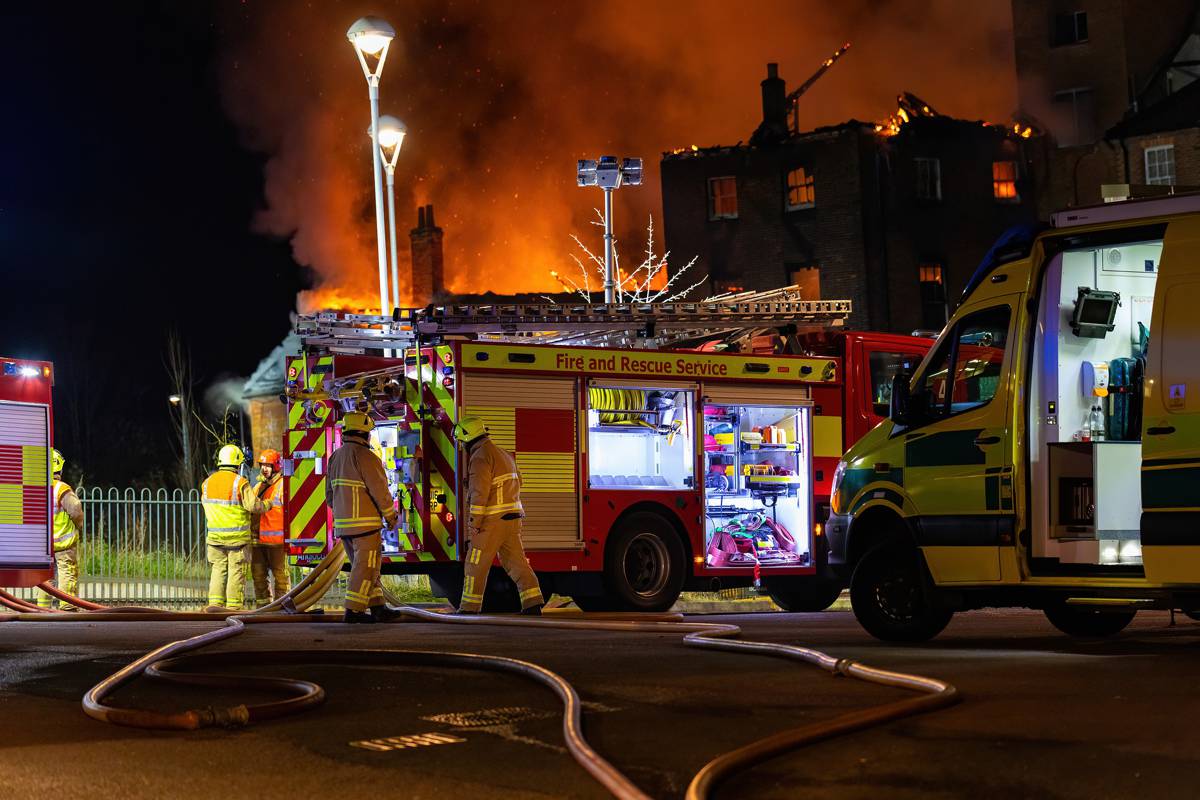Building fire-proofing safety and quality assurance solutions
The price of fire damage is high. Without sufficient preventative measures and protective solutions in place, the tiniest flame or spark can turn from localised damage to a highly preventable large-scale catastrophe like the Grenfell Tower disaster.
As such, high-quality, certified fireproofing solutions are essential to protect individuals, businesses and structures. These solutions are subject to stringent government-mandated rules and regulations to ensure the appropriate fireproofing products are matched with the right applications.
No cutting corners
Not all building materials behave the same way in a fire. In the UK, all building materials and structural elements must be tested under British standards and given a performance rating dependent on their end-use application. The British Standard 476 (BS476) legislation dictates the appropriate fire tests for different structural elements and materials and then grades their level of fire resistance accordingly.
Materials are all given a rating based on the Euroclass systems’ three classifications: reaction to fire (A1, A2, B, C, D, E and F — with A1 being the highest level of performance), smoke propagation (s1, s2 or s3) and flaming droplets (d0, d1 or d2 — although there is no flaming droplet requirement for floorings).
Additionally, BS EN 13501-1 covers the fire classification of construction products and building elements — specifically construction products, floorings and linear pipe thermal insulation products. This classification enables certain products to be CE marked, affirming their conformity with European health, safety and environmental protection standards for products sold within the European Economic Area. These certifications signify that a product has withstood fire-resistance performance testing.
Fire-retardant or resistant protective liquid coatings are also being used increasingly across numerous commercial and industrial applications. Fireproofing solutions can be applied to several internal and external surfaces — from wall cladding, roofs, stairwells and ceilings in residential buildings to doors and floors in industrial environments — to prevent the passage of fire and protect the structural integrity of a building.
These resistant coatings are commonly used to improve the safety performance of various building materials — such as mineral substrates, metal or wood — in a fire by reducing combustibility, the spread of fire and keeping metal structures cooler for longer to allow time for occupants to escape to safety.
Grenfell’s legacy in action
In recent years, we have seen first-hand what can happen when infrastructure is not fireproofed correctly.
There was a renewed concern for fire safety following the Grenfell Tower fire of 2018, which resulted in the tragic loss of 72 lives and the displacement of many others. As a result of the disaster, the government updated regulations surrounding compliant building materials, particularly regarding materials going into high-rise buildings.
For example, Part (7) in the amended Building Regulations (2018) states the key criteria that must be met for a product to be used in external wall cladding. It outlines that work shall be carried out so that materials that become part of an outer wall (or specified attachment) of a relevant building are classified A2-s1, d0 or A1 in accordance with BS EN 13501-1. This means materials are classed as non-combustible in Scotland and of limited combustibility in England and Wales, emit little or no smoke and produce no flaming droplets or particles within the first 10 minutes of fire exposure.
These regulations apply to any building with a storey at least 18 metres above ground level containing either one or more dwellings, an institution or a room for residential purposes (excluding a hostel, hotel or boarding house).
However, despite changing regulations, thousands are still living in unsafe buildings. This is partly due to building developers not taking proper responsibility for using combustible materials and partly due to the significant costs involved in replacing them — with some landlords trying to force tenants to shoulder the additional costs.
Duty of care
Fire safety should be a given — not an option. This is why many contractors, developers and building managers are turning to liquid polyurea and polymer coating systems for a more cost-effective, long-term solution that meets requirements for providing adequate fire-resistant protection to various building materials and surfaces.
Nothing can be completely ‘fireproof’, but choosing a suitable protective coating can add precious minutes to the endurance of a structure, providing the best chance of containing the danger to buildings and people alike.
These are crucial considerations for contractors, building and site managers — who have a duty of care to the people who will eventually be living and working in these buildings every day. The government may be responsible for enforcing regulations, but it is both the personal and professional responsibility of builders, landlords, maintenance and property managers to ensure the long-term fire safety and durability of a building.




















